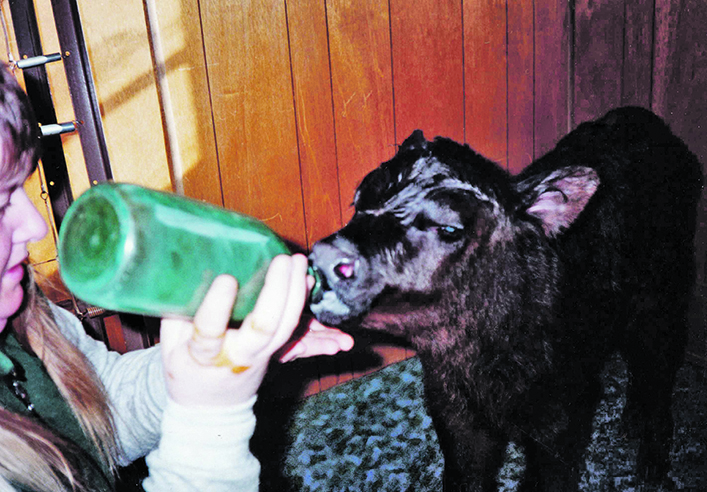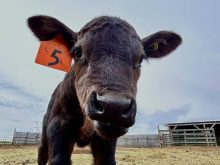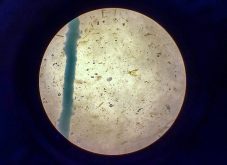In a perfect world, every newborn calf would jump up and suckle, absorbing valuable colostrum that protects it from illness.
The world is not perfect.
As ranchers know, sometimes a cow dies or a heifer rejects its calf or the calf gets too chilled to function normally. That’s when saved colostrum or colostrum substitutes enter the picture.
Dr. Deborah Haines, founder of the Saskatoon Colostrum Company, is a former professor and immunologist at the Western College of Veterinary Medicine. She says the right choice of colostrum alternative depends on the situation.
“We founded the company to use excess dairy colostrum for the benefit of beef calves. In a beef herd, when a colostrum product is used it is generally a supplement. Only rarely would a beef calf need a total replacer for maternal colostrum because most of those calves will obtain colostrum from mom after they get going,” she says.
Most substitute products are created using actual colostrum, but some use antibodies from blood or milk whey. However, Canadian law prevents use of the latter products.
“One of the main reasons is lack of traceability,” says Haines.
“In the U.S. there are licensed and unlicensed products. Licensed products must have traceability; every animal that has contributed antibodies to the product must be traceable. This harks back to BSE concerns.
“In Canada, we cannot have any product that can’t be traced back to every single cow that contributed antibodies.”
Read the labels when buying any colostrum product and make sure it is a licensed type, she advises.
“This means a pricier product, because the processing of colostrum is a lot more stringent and complicated than isolating antibodies from slaughterhouse blood or cheese whey.”
There are two categories of commercial colostrum products and the difference is the amounts of immunoglobulins (IgG) or antibodies they contain.
“Colostrum products for calves are sold based on the amount of IgG. If you look at the label and it has 60 grams of IgG, or 100 grams, this is what most people judge it by,” says Haines.
Products with lower amounts are considered supplements and those with higher are considered colostrum replacements. Haines says fat content is also important in the selection because it provides energy to the calf so it keeps warm, can keep up with the cow and nurse regularly.
“A newborn calf has … only a few hours’ worth of fuel in fat. Very quickly they need to metabolize energy from other sources.
“It is important when choosing a colostrum product to know that it contains fat. However, fat is not a listed ingredient on most products and not what people generally look at when buying a product,” Haines says.

“Some of these products may look good because of a high IgG level, but they have no fat. Products made from blood serum do not have any fat. Some products have fat added, such as tallow or vegetable fat, but it’s not as good. The fat in colostrum is unique and different from any other fat source.”
A recent Haines study on dairy heifers in California, not yet published, compared the feeding of full-fat colostrum with the same colostrum with fat removed.
“We expected to see a difference in the heifers’ ability to maintain body temperature, but also there were long-term differences in their productivity. Those heifers are over 18 months old now, and those differences are ongoing in terms of body weight, feed conversion, etc. Everything is better in the heifers that were fed full-fat colostrum versus the colostrum without fat,” says Haines.
Various other growth factors in colostrum are also important to calf health and growth, she added, though there are few studies on those.
“If maternal colostrum, for whatever reason, is not available, we need to make sure we are feeding good quality products as supplements or replacers.”

















